Belém under construction: the final 100 days before COP30
Coordinated efforts led by the federal government—with support from the state and municipal authorities—are already transforming residents’ daily life
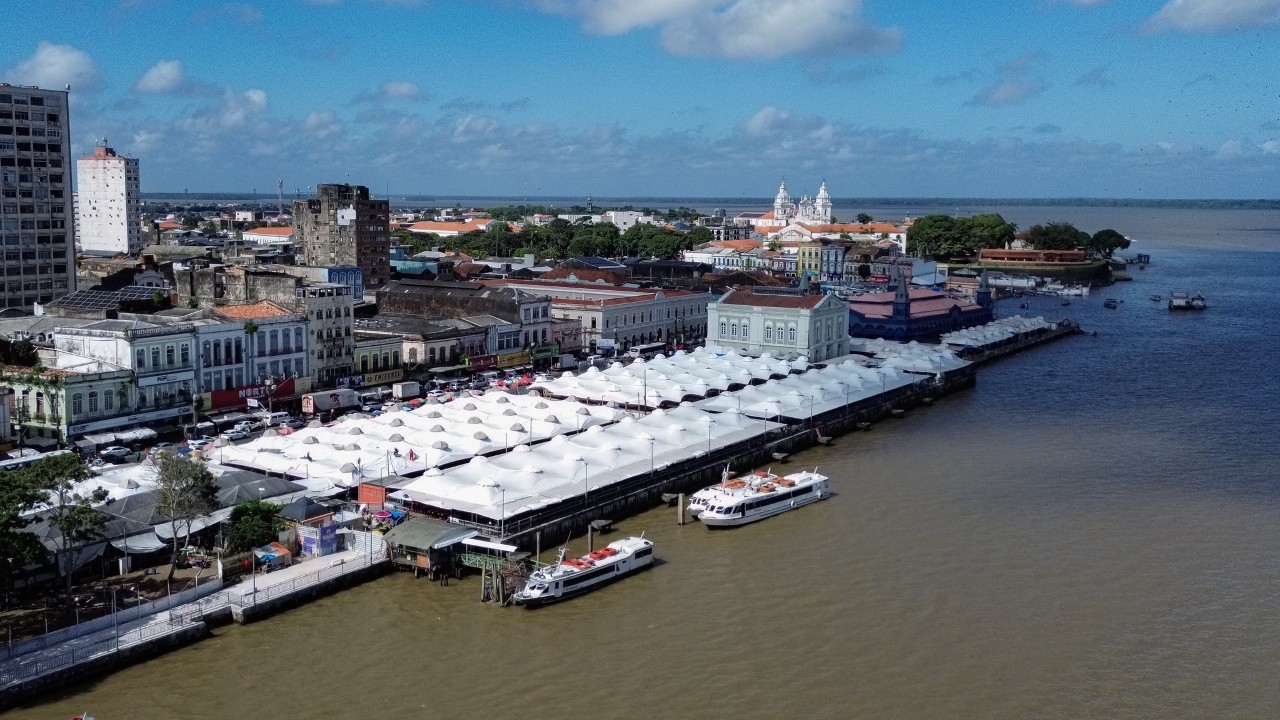
By Maiva D’Auria | COP30
With 100 days to go until COP30, Belém is undergoing a sweeping transformation. In preparation for the global climate conference, which will take place in November 2025, the federal government—working in partnership with the Government of Pará and the Belém City Hall—is leading a broad agenda of investments and construction projects.
For Valter Correia, Special Secretary for COP30, hosting the conference in Belém is a historical milestone. “This is the first United Nations Climate Conference to be held in the Amazon, and Brasil is mobilizing to deliver a global event that matches the urgency of the climate crisis.
That symbolism is backed by more than BRL 4 billion (approx. USD 722 million) in structural investments that are directly benefiting the local population through long-awaited infrastructure works. COP30 is also creating jobs and stimulating sectors such as construction, hospitality, transportation, tourism, and food services. It is helping elevate the Amazon as a global climate leader while attracting strategic investments and partnerships to the region.
More than 40 infrastructure initiatives are currently underway, spanning urban development, mobility, hospitality, sanitation, drainage, upgrades to existing facilities, and the implementation of new technologies.
Funding for these initiatives includes resources from the federal budget, Itaipu Binacional, the National Bank for Economic and Social Development (BNDES), and matching contributions from state and municipal governments. The aim is to ensure that Belém is fully equipped—with safety, comfort, and high-quality infrastructure—to welcome more than 50,000 participants, including official delegations, civil society representatives, and the press.
“All these actions go beyond preparing the city for a single event—they’re about transforming lives and caring for people,” said Hana Ghassan, Vice-Governor of the state of Pará. “These projects are already making a difference. Flood-prone neighborhoods are being protected, canals are being cleaned, and streets are becoming safer and better connected. With COP30, we’re placing Belém at the heart of the global climate agenda. We are the world’s gateway to the Amazon.”
Sanitation and Drainage
In Belém alone, major drainage and sanitation works will directly benefit over 500,000 people—more than one-third of the city's population of nearly 1.4 million.
Projects involve 13 key canals across four hydrographic basins: Una, Tucunduba, Murutucu, and Tamandaré. Eleven of these canals are located in low-income areas.
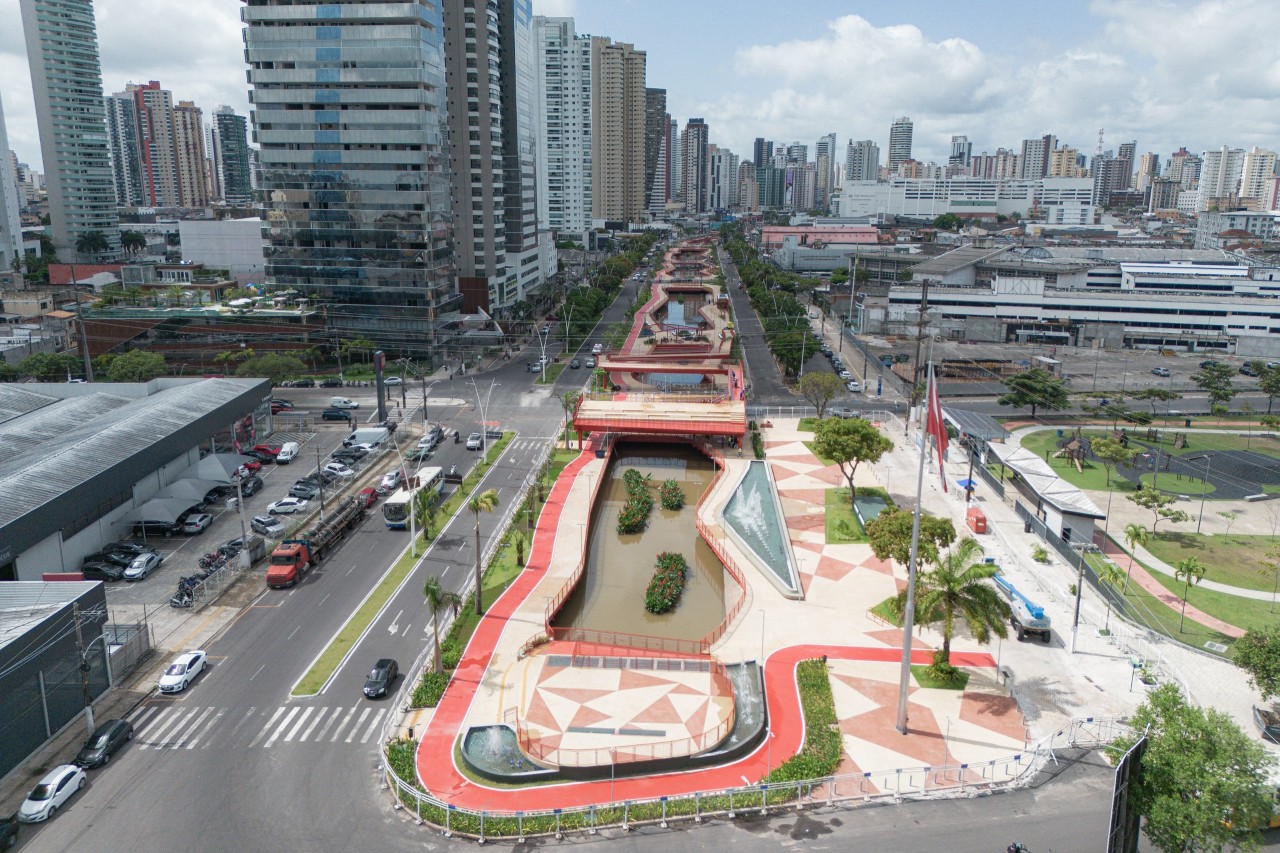
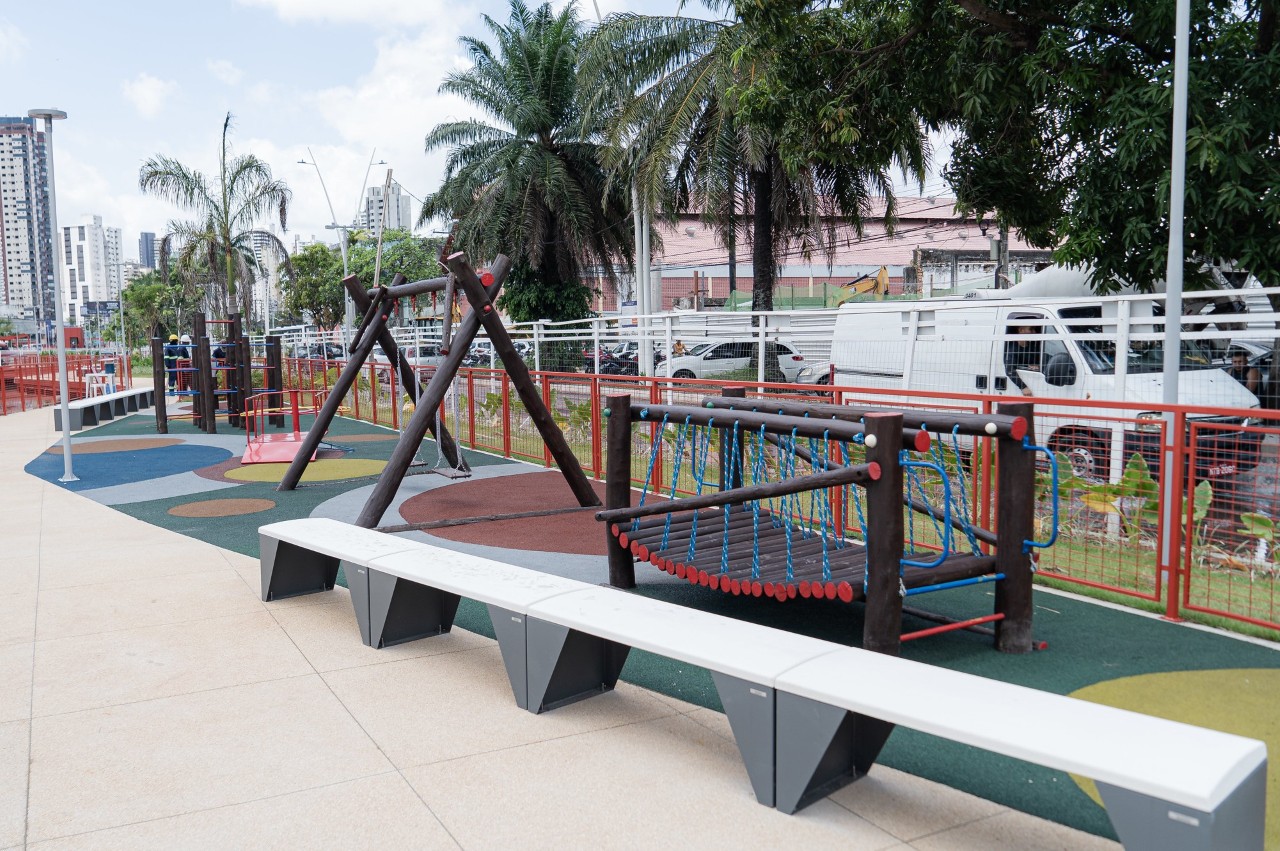
These interventions are key to reduce flooding, improve quality of life, boost property values, and create new public leisure areas in the city. Upgrades include sewage collection, stormwater drainage, sidewalks, and bike lanes. Some projects also feature kiosks, cycle paths, outdoor gyms, playgrounds, pet areas, and green spaces.
According to architect Naira Carvalho from the Pará State Department of Public Works, the project’s main goal is to “bring sustainability to a densely built-up area within Belém.” She explains that the initiatives are being carried out in spaces previously dominated solely by concrete and asphalt, which will now be transformed into places for community gathering and social interaction.
“We’re intervening in spaces that were previously just concrete and asphalt. Now we’re incorporating an average of 3,000 square meters of green areas with sustainable infrastructure.”
The Tamandaré Linear Park is now 87% complete, with BRL 162.8 million invested (just under USD 30 million). The Nova Doca Linear Park has reached 92% completion, with BRL 365.9 million (approx. USD 66 million) allocated. Both projects aim to transform the city's relationship with its waterways.
“We’re inviting people to see these canals differently: not just as drainage channels, but as inviting, livable spaces,” Carvalho explained. “We want people to not only pass through but to stay and experience the Doca Park.”
Ver-o-Peso Complex
The Ver-o-Peso revitalization project has a budget of BRL 72.6 million (approx. USD 13 million), including BRL 12.4 million (approx. USD 2,2 million) for a new wastewater system. The site will feature a complete network for sewage collection and treatment. Another key project is the Una Sewage Treatment Station (Estação de Tratamento de Esgoto, ETE), which will be one of the largest in the state and improve environmental quality in the Una Basin.
The Ver-o-Peso Market is undergoing a full upgrade, with 194 workers on site. Renovations include replacing tarpaulin coverings, sanding and painting metal structures, cleaning and replacing skylight glass, installing new flooring, and adding guardrails. The riverbed of the Guamá River—where the Açaí Market is located—is also being dredged.
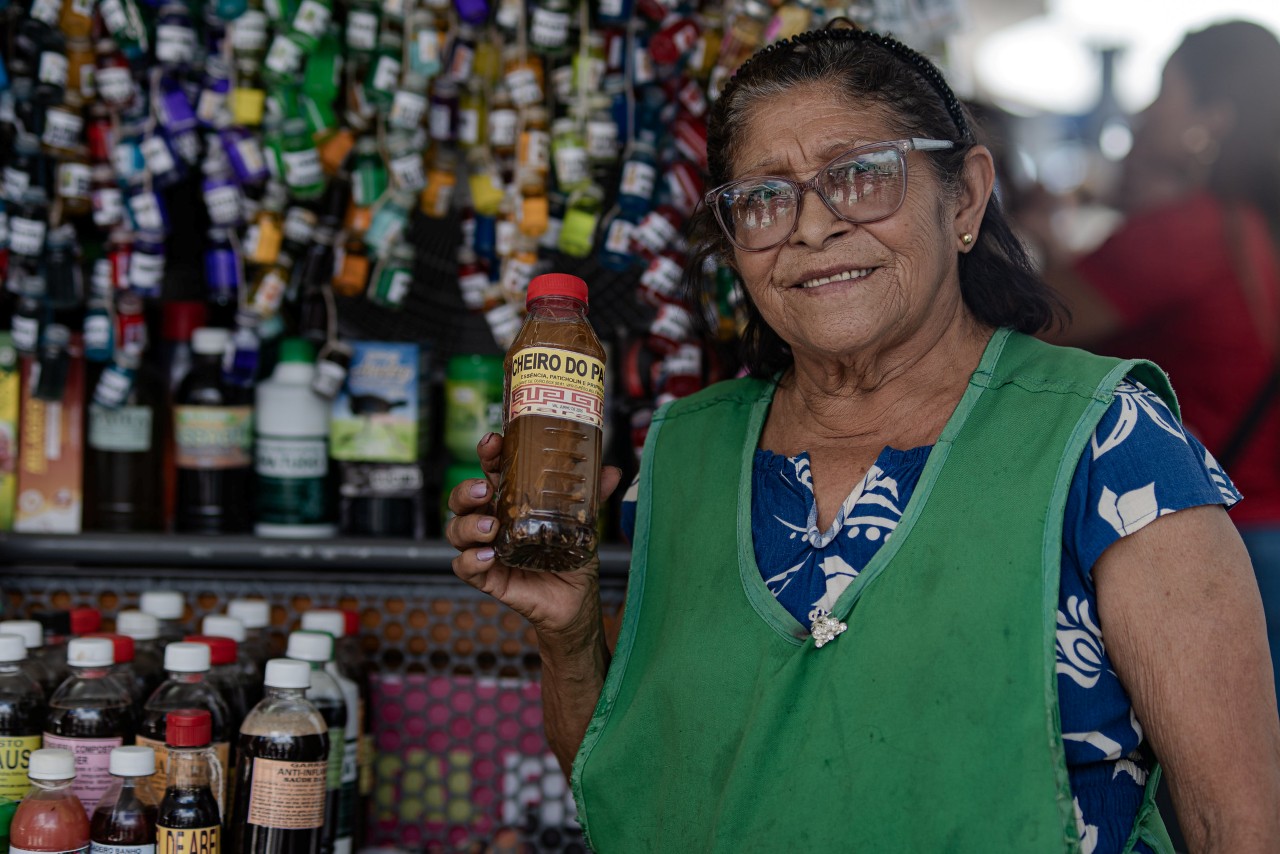
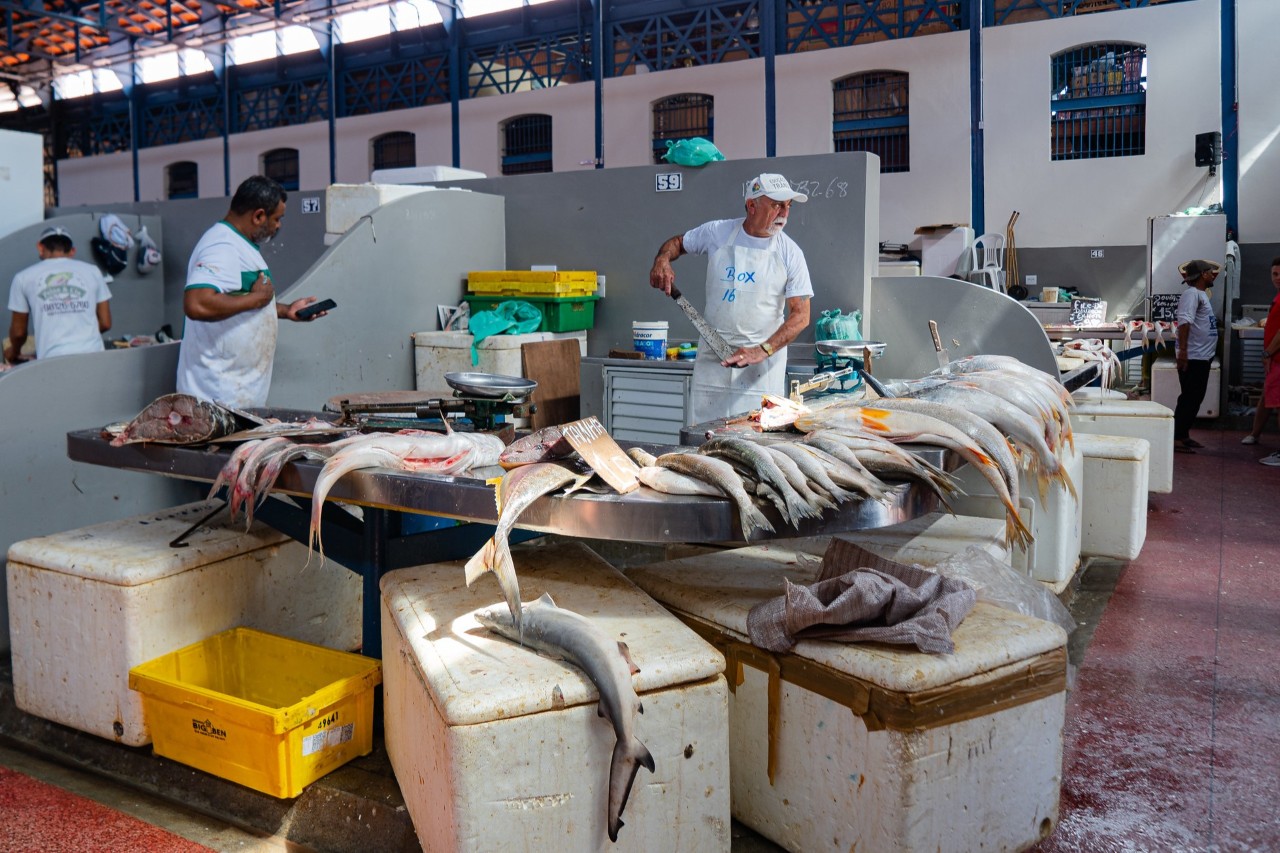
Maria dos Anjos Pacheco, who has been a vendor at Ver-o-Peso for 55 years, is known for her “garrafadas”, or “mandingas” (traditional herbal remedies made with regional ingredients like andiroba, copaíba, honey, and pracaxi oil). Featuring among her best-selling products for locals and tourists alike are “chora no meu pé” (cry at my feet), “chega-te a mim” (come closer) and “chama namorado rico” (rich boyfriend magnet).
Maria lights up when talking about the recent changes at the market. “I have to thank the government because they did something good for us. My little stall was falling apart. We were moved to another location for about five months while everything was being fixed, but now we’re back, and I’m really happy with my new stall. I’m very happy. And with COP coming in November, it’s going to be great for our business,” says the vendor, whose children are already following in her footsteps—each with their own herbal goods stalls.
At the Fish Market, ongoing improvements include new paint, roof tile replacement, and a thorough cleaning of the structure. The floor will be restored to its original state, and new stainless-steel counters are being installed to enhance hygiene and functionality.
Right next door, the Meat Market is also being modernized with a complete overhaul of its internal electrical systems and the installation of energy-efficient LED lighting. Plumbing systems are being upgraded, restrooms renovated, and structural elements—including the metal framework and flooring—are being restored. The facade is also being updated, and traditional ovens are being refurbished.
São Brás Market
The São Brás Municipal Market is an urban giant—a striking, 114-year-old historical structure. After undergoing a full renovation and restoration, it became the first major infrastructure project delivered for COP30. With an investment of BRL 89.7 million (approx. USD 16,2 million), the project focused on preserving and restoring the building’s original features, emphasizing its historical and cultural significance for the city of Belém. The market now hosts 207 licensed vendors, including kiosks, stalls, restaurants, and dedicated spaces for “boieiras”—women who have long served traditional local meals at Belém’s public markets.
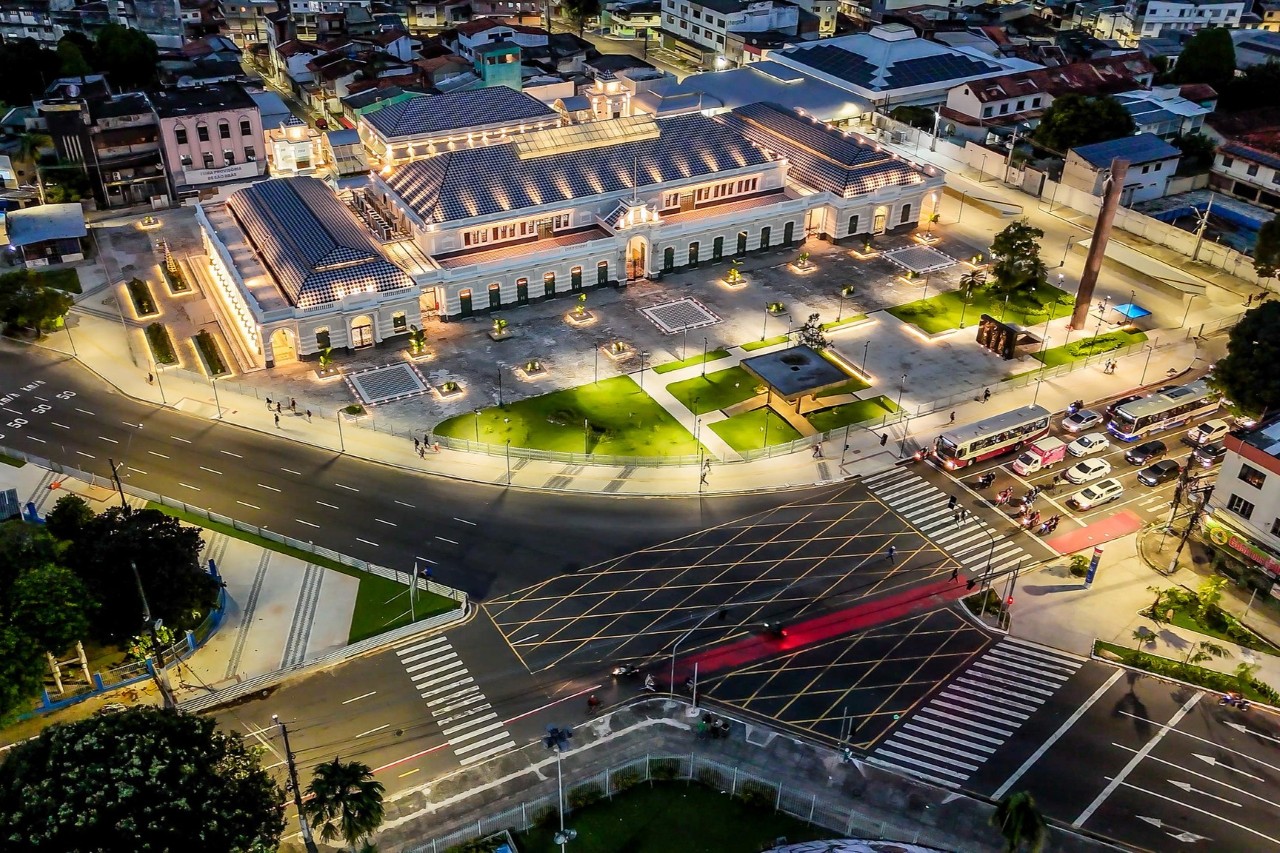
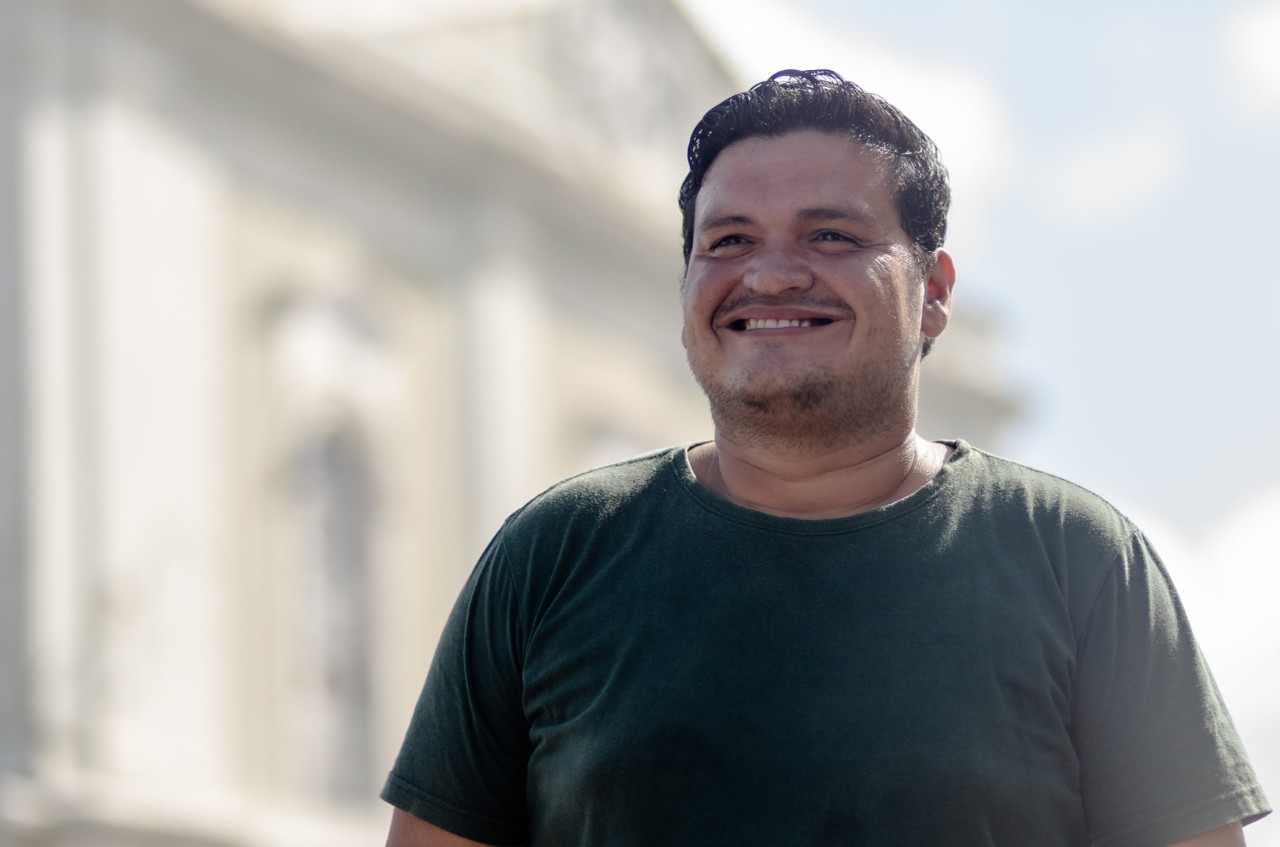
Jefferson Costa, a native resident of Belém, lives in the city with his wife and two children. The meteorologist and his family have been enjoying the improvements taking shape across the capital. “Things have already changed around here, some areas have improved. Could it be better? Sure. But we can see that Belém would never have received these investments in the past two years if it weren’t for COP,” he said.
In addition to the infrastructure upgrades, he hopes that COP30 will leave an environmental legacy by raising public awareness about the urgency of changing habits that harm the environment. And here’s an invitation:
“Come visit the state of Pará. It’s huge: there are 143 different municipalities, each with its own history and culture.”
Roads and Mobility
A major legacy of COP30 for Belém is the repaving of 279 streets, 60 of which are located in low-income neighborhoods. In total, 88.72 kilometers of roads across 32 districts and neighborhoods are being rehabilitated.
Silvio de Oliveira, a designer originally from Bragança and a longtime resident of Belém, has closely followed the works. “You can already see the changes—from improved streets and public squares to new mobility and technology investments,” he explained. “These changes go far beyond the event. They represent a real opportunity for growth in our state. COP30 has brought and continues to bring a new perspective to our region, recognizing who we are, our culture, and the importance of the Amazon.”
Silvio believes the revitalized Nova Doca and City Park are “a sight to behold,” but says the most immediate impact is felt in his daily routine. “Despite some disruptions, many of the upgrades are already making a difference, especially with road quality and public transportation. Fewer potholes and better-organized streets make getting around safer and faster, whether for work, school, or leisure.”
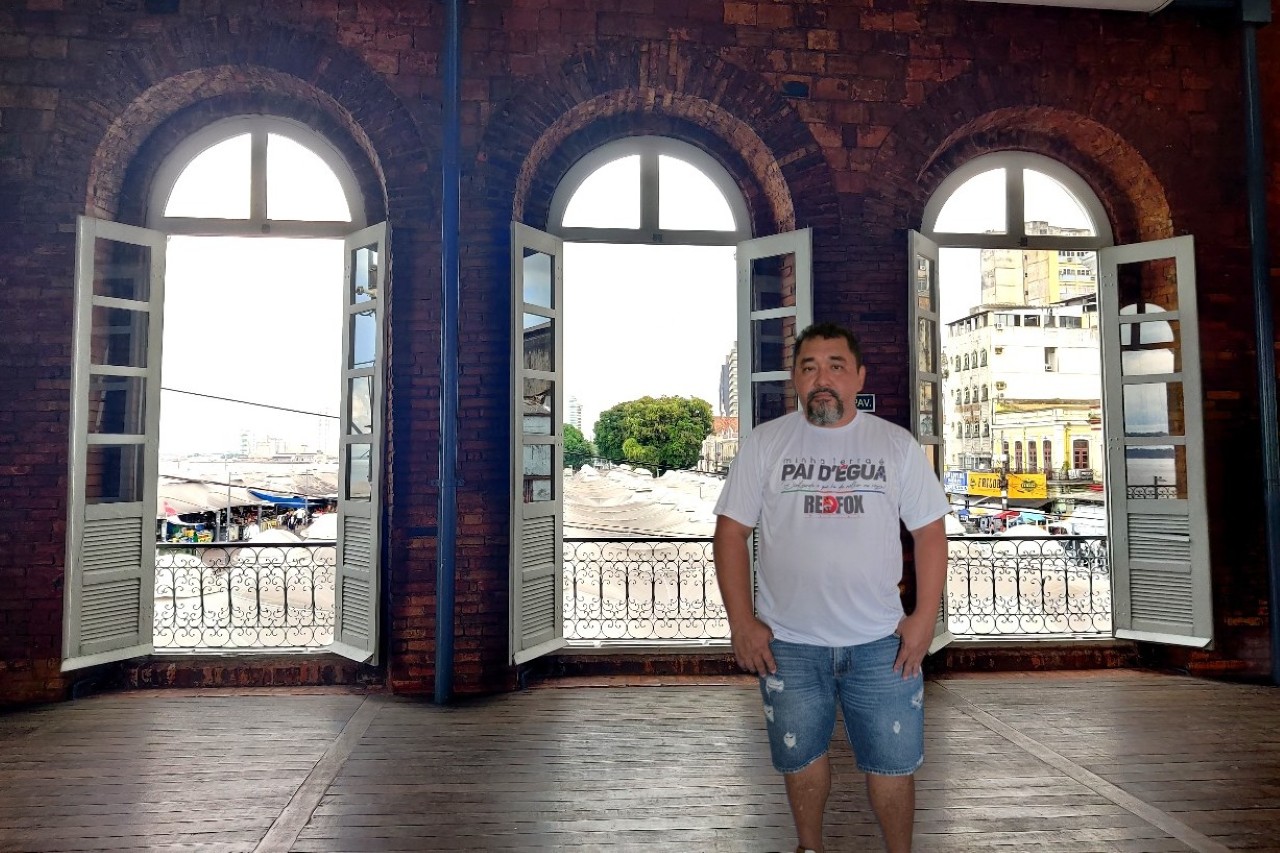
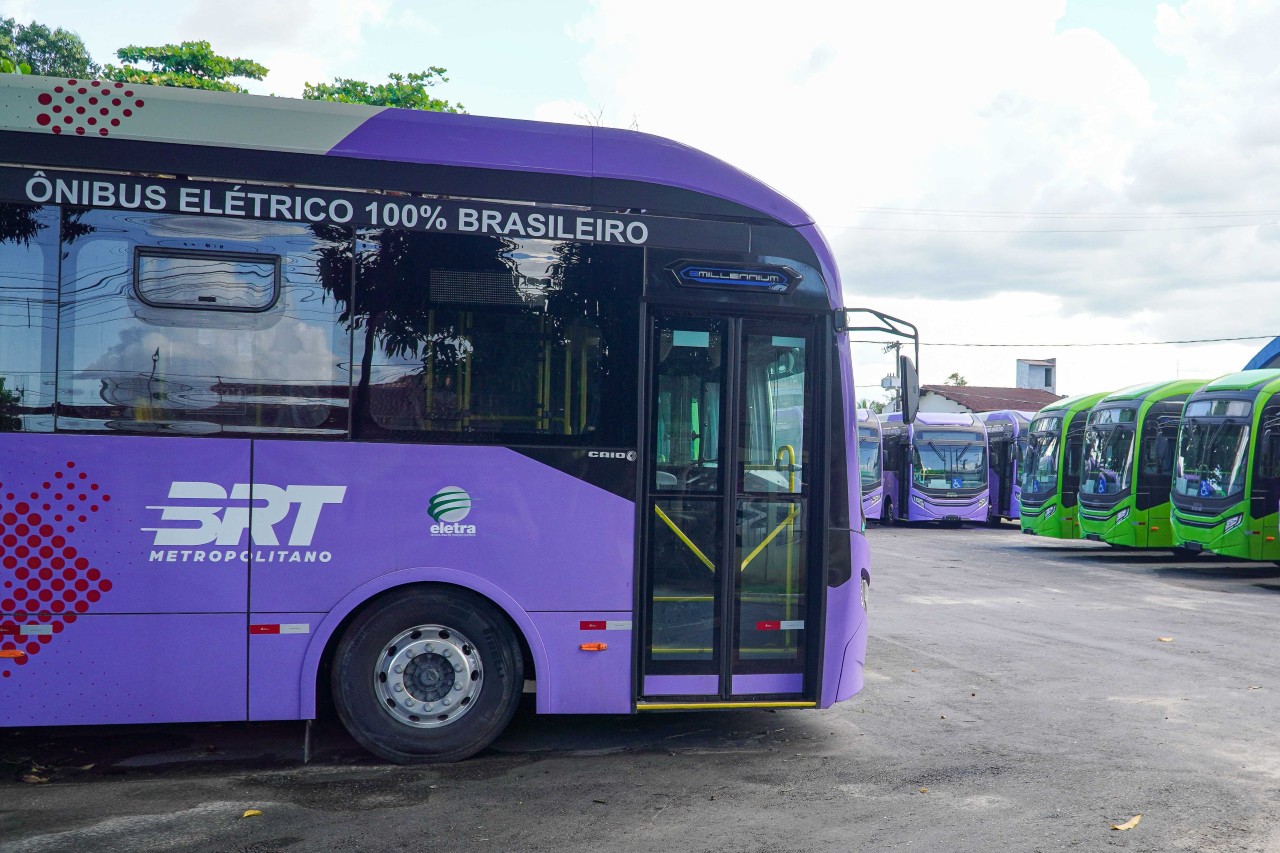
When asked about the overall effort being deployed, Silvio reflected: “I think of it in terms of expectations. It’s the feeling that something new is emerging—that this transformation could genuinely improve our city, our lives, and our infrastructure. Of course, there are concerns about delays or disruptions, but ultimately, hope is what prevails: the belief that all this effort will lead to lasting benefits.”
Transportation Infrastructure
One of the largest public investments associated with COP30 is the expansion of Belém’s bus fleet. The federal government is acquiring 265 new vehicles for the Metropolitan BRT system: 225 Euro 6 diesel buses (which emit 15 times less carbon than current models) and 40 fully electric buses, which are both emissions-free and low-noise. All will be equipped with air conditioning and Wi-Fi. The federal government is investing over BRL 368 million (approx. USD 66.4 million), with an additional BRL 19 million in state contributions (approx. USD 3.4 million).
A new BRT Centenário line will extend the current BRT system in Belém to the airport and nearby neighborhoods. It will also transform Júlio César Avenue, a key gateway for visitors arriving via Belém International Airport. The project includes earthworks, paving, drainage, road signage, landscaping, construction of passenger stations and overpasses, special works of art and urban redevelopment efforts.
A Sustainable Legacy
More than just hosting a global event, Belém is being prepared for the future. The infrastructure projects—funded and implemented by federal, state, and local governments—are part of a long-term strategy to leave a meaningful legacy for the city and its residents. Above all, they reflect a firm commitment to making COP30 a historic milestone for Brasil and the Amazon.
Translation: Tadeu Azevedo (POET/UFC)
Proofreading: Enora Lessinger (POET/UFC)
